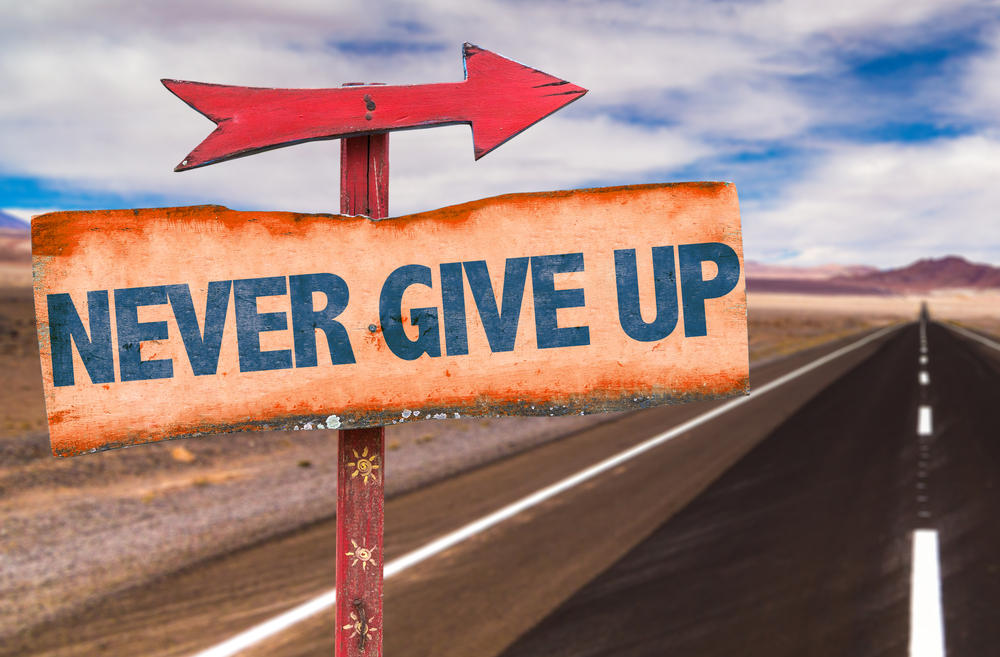
Program Manager Matt Flynt recently sat down with Mike Roche, a veteran trainer for The leadership Program, to discuss his views on removing obstacles to student engagement.
When offering our model Violence Prevention Program (or VPP: a 12-visit, empirically-validated, in-class residency) at a school for the first time, a common response on the part of the school principal is that they do not want someone “pushing into” a classroom. With state tests/quality reviews/the prospect of becoming a renewal school (or having already become a renewal school), NYC public school principals are becoming increasingly protective of classroom time. And rightly so. However, our Violence Prevention Program had demonstrated positive changes in school culture such as declines in student aggression (60%), increases in student self-esteem (75%) and cooperation (72%), and increases in goal setting (63%), to name a few. We think it’s worth the time, and have found the results agree.
Mike Roche, one of The Leadership Program’s veteran VPP Leadership Trainers, has facilitated VPP units at numerous schools across the city for over a decade. He has worked in a variety of settings and with a range of teachers. I decided to interview him on the subject, and he shared with me some of his thoughts on what makes a VPP program successful and how this led him to an unexpected but powerful exchange on the subway.
So Mike, how long have you been facilitating VPP for The Leadership Program?
I was hired in 2001. Soon after I began working at The Leadership Program I started doing VPP units. This was before our after school programming really took off. It was mostly VPP at the time.
What do you like about the VPP program?
The students are learning life skills through activities that are fun and enjoyable. The students are learning in a way that is really hands-on. All the activities are related to life through the Experiential Learning Cycle. They’re running around, they’re laughing. It’s sort of a little vacation away from the school day.
What are some of the obstacles or challenges that you typically face in implementing a new VPP unit at a school?
The most important thing you can do as a facilitator is to begin with teacher support. The units work best when the teacher is involved. There has to be incredible clarity in the initial teacher planning meeting. I’ve observed this teacher involvement in other classes and I’ve seen it in my own. When the teacher buys in, it becomes really powerful.
For example, during one particular unit I was working with Mr. Jones*. He was a bit gruff. One of the lessons we did was Stepping Stones. He was a very serious man and to now have him balancing on paper was something his students hadn’t seen before. They loved it! His relationship with the students changed after that.
I think the biggest challenge for new Leadership Trainers is making the mistake of not involving the teacher enough. By the sixth or seventh session, roles are assumed. By then, if the Trainer tries to get the teacher involved, there will be a lot more resistance. Not having the teacher involved diminishes what the program can accomplish.
How are you typically received by students on your first day of a VPP classroom visit?
Again, I think that initial teacher planning meeting is really important. I try to emphasize that the teacher informs the students of what the program is and what the students can expect. On the first day, I try to quickly identify who the students are in the class that set the tone of the class. It usually consists of 2-3 kids who set the tone. If you can get them to buy into the program, then you have the class. If a student is wearing a Lakers jacket, then talk to him about the Lakers. Try to form relationships early. Start with a fun game. Turn students into leaders in the classroom. Give smelly stickers. Turn kids into helpers, to assistants. Not every activity will work with each class. The teacher planning meeting will give you a sense of what you can expect. What is critically important is creating an environment for success. If you set the tone early on, then you can run with that. A lot of it is being clear and specific. I think success comes from making it very clear what you’re bringing, being very specific on what the program goals are.
How are you typically received by teachers on your first day of a VPP classroom visit?
There have been teachers who have started by just sitting there. But what I do is begin by including them in the lesson. For example, Mr. Matt how would you feel about that? There are ways that you can start to do that. When doing small group work for example, Mr. Matt would you mind taking these 5 students? That will be group number 1 and so on… Many times teachers don’t receive much either. Give them a pen, give them a certificate. The important thing is clarity, transparency, and being positive.
Have you noticed any shifts in behavior on the part of your students as the unit progresses?
Certainly, I often find kids at the beginning of the unit who are disengaged and by the end these same kids are running to chase after me in the hallway. Or by the third or fourth visit, the kids are cheering when I enter the room. If you treat kids with respect, they will treat you with respect back. Learn the students’ names. Find something positive that each person is doing and highlight it. A lot of these kids are hearing that they’re doing bad, and to have an adult come into the room and say “wow that is really good” is something that they may not experience often enough. But it must be true and it must be specific. This is very powerful. You can’t just go around saying you’re great, you’re great, etc. Find something specific and acknowledge it. This can result in huge changes in behavior.
What are some of your favorite VPP lessons and why?
Stepping Stones. It’s really fun. We end up sliding across the floor. Guess Who I Am? What I love about it is that they’re finding out new things about each other that they didn’t know. They think they know who the card is going to be and it isn’t. So it’s like, “oh I didn’t know that about you.”
What are some ways that you have “closed out” your VPP unit in the past?
Leadership movies. We’ve done full out movies. We have had classes with leadership discussion, role play, etc., and filmed the scenes. We’ve also done leadership posters that were hung around the school. And of course, the certificates. I always give certificates to the students who complete the VPP unit. These students may not receive awards much in their lives. These certificates really give them a sense of accomplishment, a sense of having completed something real and important.
Can you give some examples of feedback that you have received from the school upon completion of a VPP unit?
Sure, I’ve received lots of positive feedback from teachers and administrators, such as, the kids had a great time, a young man’s behavior has changed in a positive way, the students are responding more to the teacher when I’m not there, the teacher is now using some of the tools learned in the unit. But the most important “feedback” I’ve ever received is best conveyed in a story: One day on the subway, sometime in 2006 I believe, there was this big guy staring at me. For almost three subway stops he kept looking at me. He had a big beard and was really staring me down. I was beginning to feel nervous. Then he moved next to me. I was really beginning to worry now! “Mr. I still have my certificate,” he said. That kid was in a VPP unit as a sophomore 5-6 years before! I couldn’t believe it. A lot of these kids we work with never get recognized. I’ve seen kids cry when they get certificates. Parents have reached out to me. It’s times like these when I begin to realize the impact the programs have.
Based on your experience, what do you think makes VPP such a powerful program?
The lessons are so interactive and different from what the students are used to. I believe it’s a combination of the curriculum and the facilitator. You need to have a facilitator that is professional and excited to be there. If you, as a facilitator, act as though there is nowhere else you’d rather be, then that really comes across to these students. The curriculum is so unique and the lessons are adaptable to situations in the classroom and outside the classroom. Through the games, the students are learning life lessons: how to listen, how to relate with other people. They’re enjoying it and at the same time they’re learning important things.
Let me share an excerpt from a letter I received from a Fourth Grader at a school in the Bronx at the close of a VPP unit: “You really, really showed me a lot about helping because sometimes at home, I get called by my mom to throw the garbage out. Now I always say ‘yes’ and then she says, 'Where did you learn to help each other in life?', and I say, I learned with Mr. Mike.”
*Name has been changed.
(This interview has been edited and condensed.)
"Removing Obstacles to Student Engagement: A Veteran Trainer Story", The Leadership Program, Inc. 2016



Comments [0]
Click here to read/write comments